
needle rollers are small cylindrical rollers with a length that is typically several times their diameter! mini shafts are small shafts that are used to transmit torque or motion in mechanical systems!
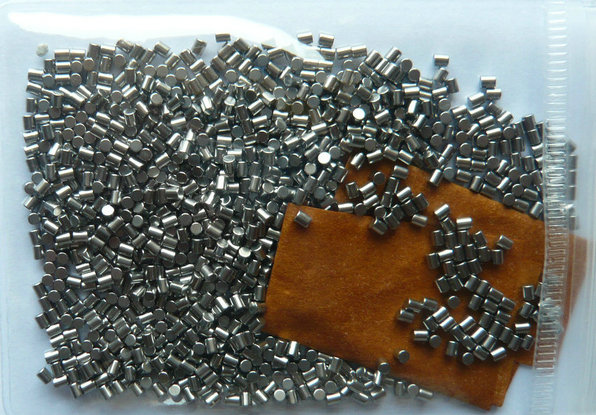
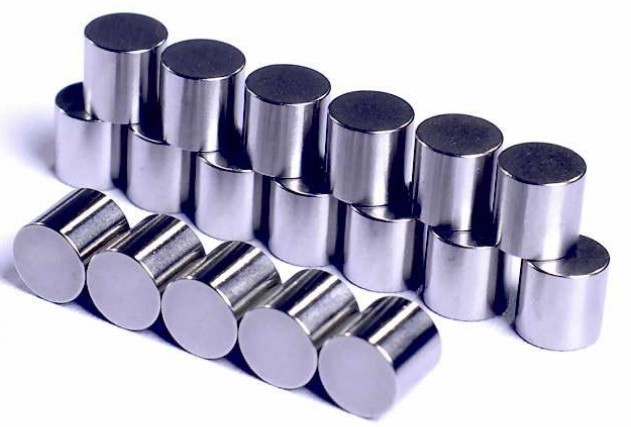
needle rollers are small cylindrical rollers with a length that is typically several times their diameter. they are often used in needle roller bearings, which are used to reduce friction and facilitate motion in various applications. needle rollers are typically made from hardened steel or other high-strength materials, and are capable of supporting high loads while maintaining a small profile.
usually, the material of needle rollers(cylindrical rollers) is chrome steel 52100, then stainless steel: such as 302,304,316,306AL,420,420C,440C etc. then tungsten steel, the newest ceramic material is silicon nitride (si3n4), or zirconium oxide(ZrO2) etc.
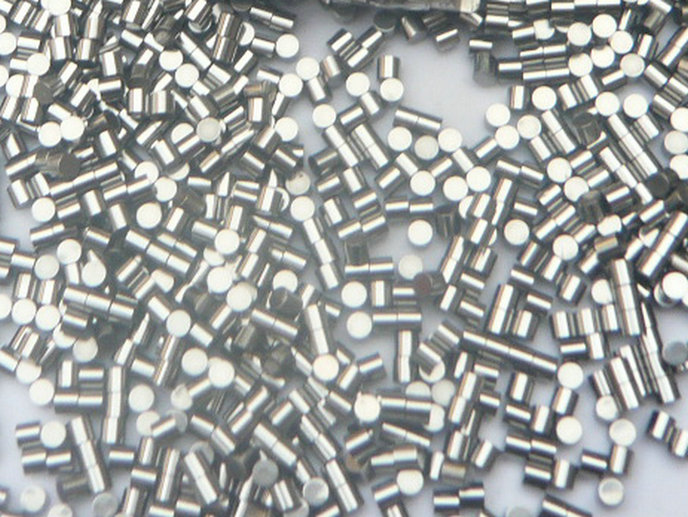
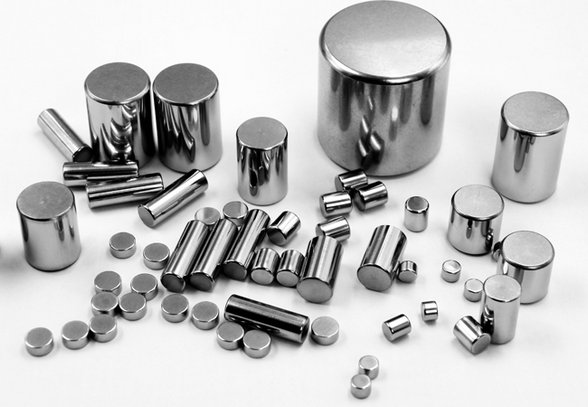
mini shafts are small shafts that are used to transmit torque or motion in mechanical systems. they are typically made from materials such as steel, aluminum, or other metals, and come in a variety of lengths, diameters, and shapes. Mini shafts are often used in precision systems.
The specific material used for high-precision cylindrical rollers will depend on the application requirements, such as load capacity, speed, and operating conditions. The selection of the appropriate material will also depend on the desired surface finish, tolerances, and other specific requirements for the rollers.
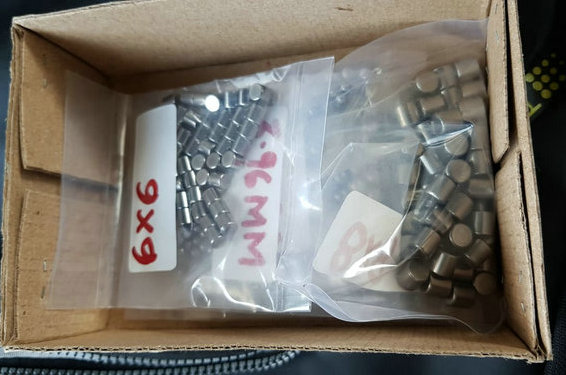
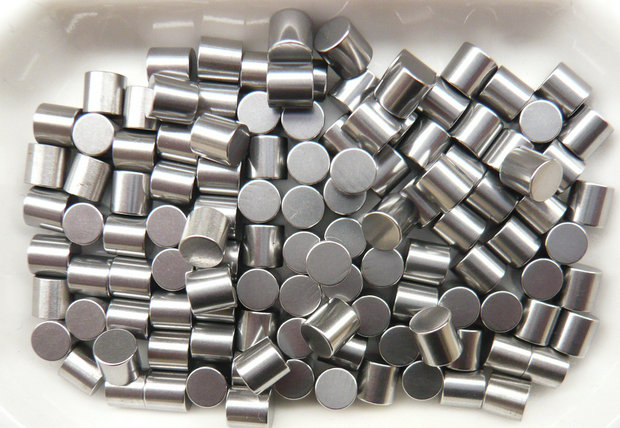
needle rollers are small cylindrical rollers that are used to reduce friction and support loads, while mini shafts are small shafts that are used to transmit torque or motion. while there may be some overlap in the applications for these components, they serve different functions and are designed to meet different requirements. Needle rollers and grooved pins are both used as components in various mechanical systems, but there are some key differences between these two components.
the tolerance accuracy of high-precision needle rollers can vary depending on the specific application requirements and manufacturing processes used. However, in general, high-precision needle rollers are manufactured to very tight tolerances to ensure accurate and repeatable performance.
standard sizes of cylindrical rollers
| D*L | D*L | D*L | D*L | D*L | D*L | D*L | D*L | ||
|---|---|---|---|---|---|---|---|---|---|
| 1x1 | 1.2x1.2 | 1.5x1.5 | 2x2 | 2.2x2.2 | 2.5x2.5 | 3x1 | 3x1.5 | ||
| 3x2 | 3x2.2 | 3x2.5 | 3x2.7 | 3x3 | 3.5x5 | 4x6 | 4.5x4.5 | ||
| 5x5 | 5x10 | 5.5x8 | 6x8 | 6x12 | 6.5x9 | 7x10 | 7.5x7.5 | ||
| 7.5x11 | 8x10 | 9x9 | 9x14 | 10x11 | 11x11 | 11x15 | 12x14 | ||
| 13x13 | 14x14 | 15x15 | 15x22 | 16x17 | 17x17 | 18x18 | 18x26 | ||
| 19x20 | 20x20 | 21x21 | 22x22 | 22x34 | 24x24 | 24x36 | 25x36 | ||
| 26x28 | 28x28 | 30x30 | 32x32 | 34x34 | 36x36 | 38x38 | 40x40 | ||
| loose rolling elements, cylindrical rollers, precision rollers,bearings rollers only | |||||||||